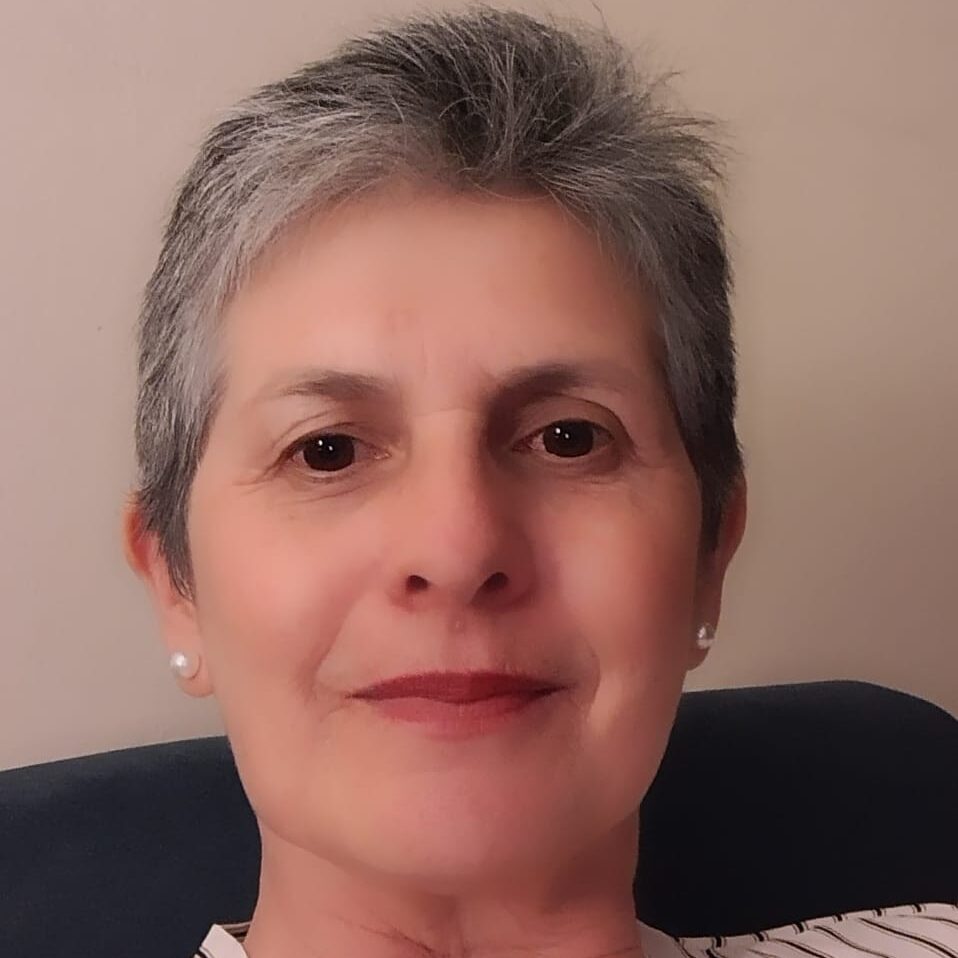FAIAR Survey Women in the HVACR Industry in Ibero-America. Results and their alignment with the 4th and 8th United Nations Sustainable Development Goals (SDGs)
As part of the Ibero-American Congress of Air Conditioning and Refrigeration – CIAR24 held in Mexico City, the Women’s Council of the Ibero-American Federation of Air Conditioning and Refrigeration Associations (FAIAR) held a forum on June 5th to share the main results of the regional survey on women in the HVAC&R industry carried out within Ibero-American countries.
The survey was partially based on the one developed by the International Institute of Refrigeration (IIR) and the OzonAction unit of the United Nations Environment Program (UNEP).
83% of women from Spanish-speaking communities and 76% from Portuguese-speaking communities responded to this survey.
The Women’s Council of FAIAR has as one of its main strategic axes, integrating women into the HVACR industry to create more diversity and equity in the sector.
The responses received are essential to help us understand and monitor the profile and conditions of women in the Ibero-American region in the HVAC&R industry, evaluate strategies related to the profession, and define actions to better respond to challenges.
With a representation rate of 55,4 % (figure 1), women from FAIAR countries were consulted at different levels, namely:
- Age, marital status and number of children.
- Region of the world where work.
- Academic Qualification.
- Working time.
- Functions, professional status and experience.
- Size of the company.
- Frequency of training, frequency of career promotion and career planning.
- Benefits offered by the employer and what they value most.
- Most daily challenges.
- Most attractive features in the HVACR career.
- Current professional appreciation.

Some of the Survey main results are:
Age group:
20,8 % of women have less than 30 years old, and 28,9 % between 31-40 years old. It should be noted that the age group with the highest participation of women is between 41-50 years old (32,1 %). From the 51-60 age group onwards, the number of women begins to decrease (16,4 %), and 1,9 % of women over 60 works in the sector (Figure 2).

Number of children:
Near 42 % do not have any children, while only 8,0 % have 3 or more children. However, 23,3 % have 1 child and 28,9 % have 2 children, as seen in Figure 3.

Academic level:
39,0 % of women have a master’s degree or doctorate. 28,0 % have a bachelor’s degree and 7,0 % are apprentices or have a secondary certificate. The remaining 8,0 % have professional training (Figure 4).

Professional experience:
Most participants (32,1 %) has less than 5 years of experience, 12,6 %, more than 15 years and 18,2 %, between 6 and 10 years. Of the remainder, 15,1 % indicate they have between 11 and 15 years of experience.

Job subsectors:
It is worth highlighting that 34,0 % of participants perform their functions in more than one sector and 30,8 % in commercial air conditioning and buildings. In addition, 15,1 % responded to others, which correspond to the areas of health, administration, education and journalism. Finally, 3,8 % declared that they work in commercial refrigeration and the cold chain, as shown in figure

Performed roles:
18,9% of women are in sales and marketing, 8,8% are designers, 6,9% are project managers and 5,7% are company owners. However, most participants (25,2%) said they work in another department.

The following responses seek to understand the experiences of women in the industry in the Ibero-American region, to achieve the integration of women in the HVACR industry and create more diversity and equity.
Figure 8 aims to reveal women’s most significant challenges in the HVACR industry. The biggest challenge is the lack of career progression opportunities (30,8 %). With the same value, both 28,3 %, the difficulty of balancing personal and professional life appears, as well as stereotypes about women by clients or the team. It is also verified that the lack of training to develop appropriate skills is one of the main factors (27,7%). Finally, among the 5 biggest challenges, long trips to the workplace had the lowest value, around 26,4 %.

In the context of career advantages (Figure 9), women who participated in this survey indicated diversity of functions (56.6%), followed by interesting themes (52.8%). The remaining biggest attractions, carrying out useful work for society (42,1 %), environmental issues (40,2 %) and opportunities to act in other related areas (33,9 %), reached engaged interesting values, as well.

Respect and trust from colleagues are the best gratification women seek (15,7 %), according to Figure 10. Other achievements such as training/teaching people (3,1 %), developing a new product/service (2,5 %) or establishing their own company (1,3%) are less important, being almost null and void to aim for a prize (0,6 %).

These results have already triggered several actions, namely strengthening the mission of the FAIAR women’s council. A better understanding of the background, motivations and difficulties faced by women in the HVACR industry. Proposal that effectively increase diversity and equity in the sector. Commit to the objectives of the FAIAR women’s council with the 5th and 10th Sustainable Development Goals (SDGs) established by the United Nations.
More initiatives are underway in the areas of mentoring and training, relevant and differentiating for career plans and professional skills of the women.
In conclusion, this survey allowed to verify the position of women in the HVAC industry in the Ibero-American region, as well as, to search for the causes responsible for the difficulties encountered by women at work. Overall, most women are very involved and attracted to the HVACR industry, however, we must reflect and appoint a path to increase career advancement opportunities that aim for equity in the industry.

Odete de Almeida

Claudia Sanchez
